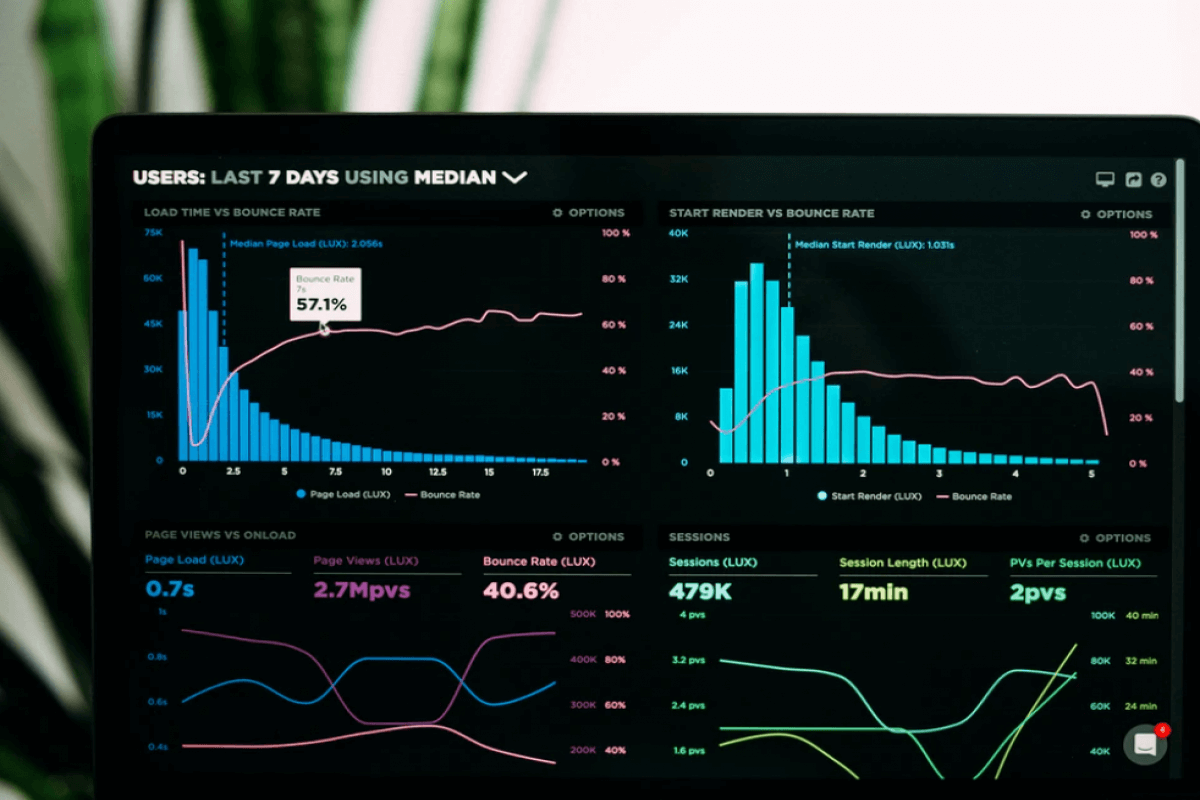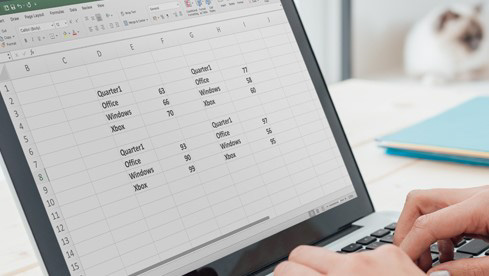What tax professionals need to know about the "No Tax on Tips" provision

The One Big Beautiful Bill Act (OBBBA) has introduced a significant change that will impact millions of service workers across the United States: The No Tax on Tips provision. As tax professionals, understanding this deduction is critical to preparing returns accurately and offering trustworthy and valuable guidance. To help you understand the provision and maximize its benefits, we're breaking down what you need to know.
What is the No Tax on Tips provision?
"No Tax on Tips" is a provision in the One Big Beautiful Bill Act that allows eligible workers to deduct qualifying tip income from their taxable income. Unlike an exclusion, this is an above-the-line deduction to reduce the individual's adjusted gross income (AGI), which can enhance eligibility for other tax benefits.
The provision acknowledges the fluctuating nature of tip income and the particular challenges tipped workers face managing tax obligations. Through this deduction, employees working in service occupations where tips represent a significant source of income can receive meaningful, targeted relief.
Deduction limits of the No Tax on Tips provision
The No Tax on Tips deduction is capped at $25,000 per year per taxpayer, regardless of how much tip income the taxpayer receives. For example, if a client earns $30,000 in qualifying tips, the maximum deduction remains $25,000. If they earn $15,000, the deduction is limited to $15,000.
This deduction is available regardless of whether the taxpayer itemizes or claims the standard deduction, providing broader access to tax benefits.
Phase-Out thresholds and income limits
The deduction phases out for higher-income taxpayers based on modified adjusted gross income (MAGI):
- For single filers, the phase-out begins at $150,000 MAGI and ends at $400,000 MAGI.
- For married filing jointly, the phase-out range is $300,000 to $550,000 MAGI.
The phase-out is linear, meaning the deduction amount decreases proportionally within that range.
What occupations are eligible for the No Tax on Tips deduction?
Only tips earned performing services in roles that "customarily and regularly received tips" on or before December 31, 2024, qualify for the deduction. The Treasury Department will publish a definitive list of these eligible occupations by October 2, 2025.
Typical qualifying occupations include:
- Restaurant servers, bartenders, and other food service workers
- Hotel staff, including housekeeping, bellhops, and concierge services
- Personal service providers such as hairstylists, barbers, nail technicians, spa workers
- Transportation workers like taxi, rideshare, and delivery drivers.
Also, to receive the No Tax on Tips deduction, all tips must be reported on IRS-recognized forms (Form W-2, Form 1099, or Form 4137) and documented properly. Casual, unofficial tips or unreported tips generally do not qualify for the deduction.
Employer and employee reporting requirements
Employers of tipped employees must continue reporting tips in accordance with current tax law, including completing Form 8027 for large food and beverage businesses. New requirements include specifying the employee's occupation on payroll and information returns to facilitate verifying eligibility.
Employees who receive tips should maintain detailed records, including how much they received, when, and where from, as documentation is essential to claim the deduction (and in case of an audit). Employees in tip pooling/sharing arrangements must carefully document allocations to properly compute their deductible amount.
Self-employed individuals must integrate tips into Schedule C reporting, though taxpayers in a Specified Service Trade or Business (SSTB) as defined under section 199A are not eligible for this deduction.
Tax planning implications of the No Tax on Tips deduction
Because the deduction is above-the-line, it lowers AGI, potentially opening the door to eligibility for other tax benefits and credits (e.g., Earned Income Tax Credit, Child Tax Credit phases).
Clients paying estimated taxes should review their payments to avoid under- or overpaying in light of the deduction. For clients near the phase-out thresholds, strategies such as income deferral or timing deductions may maximize available benefits.
Assisting your clients who are tipped employees
Use these steps to help your clients get the best outcome with the No Tax on Tips provision:
- Identify eligible clients by occupation and tip income
- Educate clients on recordkeeping requirements at the start of the tax year
- Coordinate with employers regarding accurate reporting and occupation codes
- Integrate the tip deduction into overall tax planning to optimize client outcomes
- Monitor updates from IRS and Treasury regarding the official list of qualifying occupations and guidance
The No Tax on Tips deduction provides a meaningful opportunity for tax savings among tipped employees and certain self-employed workers from 2025 through 2028. Being proactive helps ensure compliance, claim maximum benefit, and adapt to the evolving guidance around this provision.
Take the next step with Becker CPE courses
If you'd like to learn more about the No Tax on Tips provision or other tax-related topics, Becker has the CPE and IRS-approved CE to build your skills. Check out these relevant courses:
- The One Big Beautiful Bill: Individual Provisions
- The One Big Beautiful Bill: Business Provisions
- The One Big Beautiful Bill
You can access these courses and over 700 other on-demand courses, 1,000 live annual webcasts, and weekly CPE podcasts with Becker's Prime CPE subscription!








